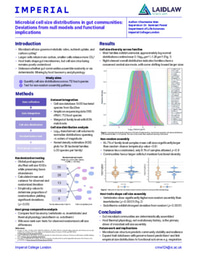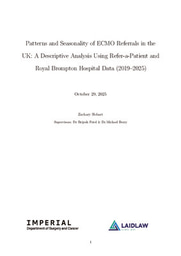Project Outline: BPVE in TMD: How To Increase Solar Panel Efficiency

Supervised By: Milan Delor, PhD.
Project background:
Solar panels use the sun’s renewable energy to generate reliable and cost-effective power. Advances in solar technology are driving sustainable development initiatives worldwide. Solar cells are made of semiconductor materials, most commonly silicon, which absorbs sunlight and converts it into electricity through a process called the photovoltaic effect. One of the biggest hurdles for progress in solar technology today is the Shockley-Queisser (SQ) limit, an upper bound for solar panel efficiency in materials like silicon. Semiconductor materials that have the potential to bypass the SQ limit are currently being researched.
Such semiconductors include materials that exhibit the bulk photovoltaic effect (BPVE), commonly referred to as BPVE materials. In BPVE materials, optical energy is converted into direct current. Semiconductors of this type will not experience the SQ limit in photovoltaic conversion. If successful, practical applications of BPVE could revolutionize solar technology. Gaining a deeper understanding of the properties of BPVE materials is essential to unlocking their full capabilities as solar cells.
Two-dimensional (2D) BPVE materials exhibit two properties that make them an important object of study for this field. First, they are low dimensional (2D), and their high surface area per volume enables enhanced energy capture. Additionally, BPVE materials have nonlinear optical (NLO) properties, which means that the response of a material to an external field is not directly proportional to the field strength. 3R-MoS2 is an example of a 2D BPVE material currently being researched for its application in both energy harvesting and nonlinear optics.
Research question:
How can we show BPVE's dependence on crystal structure in 3R-MoS2?
Methodology:
Study two materials: 3R-MoS2 and 2H-MoS2. They have the same chemical composition but different structures. The former is known to be a BPVE material while the latter is not. Why? To show BPVE's dependence on crystal structure, I will proceed in three steps:
- Prepare samples of both 3R-MoS2 and 2H-MoS2 by exfoliation method.
- Imaging techniques: ultrafast stroboSCAT measurements on both.
- Analyze stroboSCAT data and look for differences in transport.





Please sign in
If you are a registered user on Laidlaw Scholars Network, please sign in